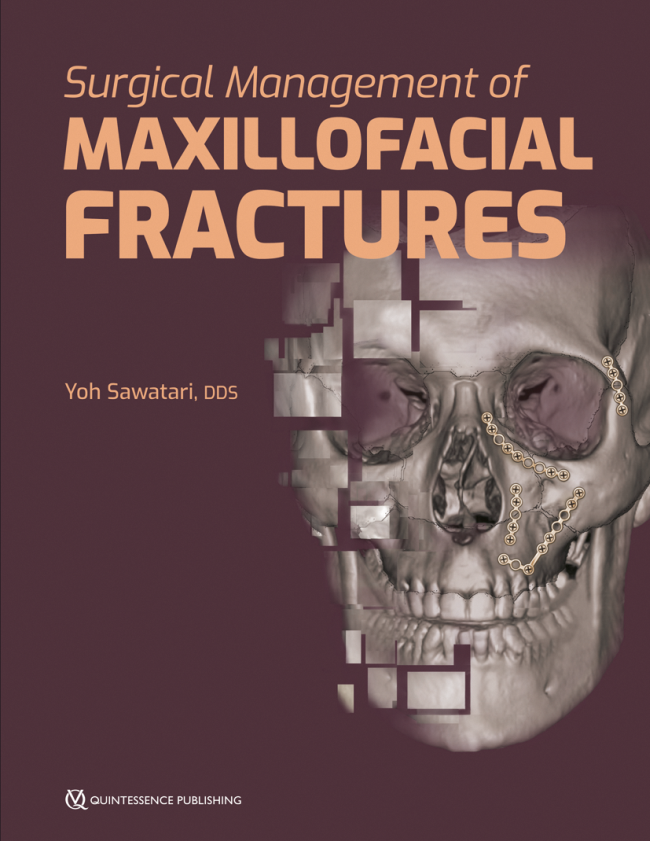The International Journal of Oral & Maxillofacial Implants, 5/2013
Sólo en líneaDOI: 10.11607/jomi.te12, ID de PubMed (PMID): 24066348Páginas 304-309, Idioma: InglésSawatari, Yoh / Marx, Robert E. / Perez, Victor L. / Parel, Jean-MarieThe modified osteo-odonto keratoprosthesis (MOOKP) is a biologic keratoprosthesis that is used to treat a severely scarred cornea. The procedure involves multiple stages, including the transplantation of buccal mucosa to the damaged ocular surface and the implantation of an osteo-odonto lamina with a mounted polymethylmethacrylate lens. Among the keratoprostheses currently available, the MOOKP has proven to be the most effective based on the number of patients who have undergone the procedure and the duration of documented follow-up. Upon successful biointegration of the osteo-odonto lamina, the keratoprosthesis is able to resist resorption, provide stability, and prevent bacterial invasion and epithelial ingrowth. The effectiveness of the MOOKP is dependent on the anatomic and physiologic characteristics of the dental tissues and periodontal ligament.
The International Journal of Oral & Maxillofacial Implants, 1/2010
ID de PubMed (PMID): 20209198Páginas 153-162, Idioma: InglésPeleg, Michael / Sawatari, Yoh / Marx, Robert N. / Santoro, Joseph / Cohen, Jonathan / Bejarano, Pablo / Malinin, TheodorePurpose: The use of autogenous block bone grafts in bone regeneration procedures for alveolar ridge augmentation can be limited by donor site morbidity and complications. The purpose of the present study was to evaluate the efficacy of allogeneic corticocancellous iliac block grafts used for ridge augmentation prior to implant placement.
Materials and Methods: Forty-one patients with severe ridge volume deficiency underwent augmentation using allogeneic corticocancellous iliac block bone grafts. After rigid fixation of the graft, the site was covered with a freeze-dried allogeneic dura mater membrane, and the wound was closed with tension-free suturing. Implants were placed 3 to 4 months after surgery. Three to 6 months after implant placement, panoramic radiographs were taken and implants were uncovered for prosthetic restoration.
Results: Of the 57 grafts placed, one showed 2.5 mm of resorption at the superior buccal aspect of the graft. No other clinical problems were observed. The block grafts were clinically well integrated into the recipient sites and the augmented bone remained stable throughout the implant placement procedures. Of the 84 implants placed, only one failed to integrate.
Conclusion: These results demonstrate that the use of allogeneic corticocancellous iliac block bone grafts in conjunction with guided bone regeneration principles is a viable alternative to autogenous grafts in selected patients with alveolar ridge deficiencies.
Palabras clave: allograft, alveolar ridge augmentation, block bone grafts, dental implants, guided bone regeneration, membranes





